Introduction: The Modern Elixir of Exercise
In the contemporary fitness landscape, the ritual of “scooping up” a pre-workout supplement has become as common as lacing up a pair of running shoes. Marketed as a potent cocktail designed to enhance energy, focus, strength, and endurance, these multi-ingredient pre-workout supplements (MIPS) have exploded in popularity among athletes and recreational gym-goers alike. The global market for sports nutrition, heavily influenced by these products, is projected to continue its rapid ascent, underscoring their widespread adoption.
However, beneath the vibrant packaging and bold performance claims lies a complex blend of compounds, many of which are pharmacologically active. The efficacy and, more critically, the safety of these formulations are not always as clear-cut as the marketing suggests. For the educated consumer, understanding the core ingredients, their mechanisms of action, and the potential health consequences—particularly as they may differ between men and women—is paramount to making an informed decision. This comprehensive analysis will dissect the primary components of MIPS, examine the scientific data supporting their use, and explore the nuanced health implications for both sexes.
Part I: The Core Components of the Pre-Workout Formula
While the exact formulation of pre-workout products varies wildly between brands, a handful of ingredients form the foundational “core” of nearly every commercially successful MIPS. These compounds are selected for their purported ergogenic (performance-enhancing) properties, primarily targeting the central nervous system, muscle buffering capacity, and nitric oxide production.
Read also: Ranked: The Best Pre-Workout Flavors of 2025
1. Caffeine: The Ubiquitous Stimulant
Mechanism of Action: Caffeine is arguably the most essential and well-studied ingredient in any pre-workout. It functions as a central nervous system (CNS) stimulant by acting as an adenosine receptor antagonist. Adenosine is a neuromodulator that promotes relaxation and drowsiness; by blocking its receptors, caffeine increases alertness, reduces the perception of effort (RPE), and enhances motor unit recruitment. This effect translates directly into improved endurance, strength, and anaerobic power.
Dosage and Data: The International Society of Sports Nutrition (ISSN) position stand confirms that caffeine is an effective ergogenic aid for a variety of exercise types. The effective dose is typically cited as 3–6 mg per kilogram of body mass (mg/kg BM).
•Gender-Specific Considerations: While the ergogenic effects of caffeine are generally similar across sexes, there are subtle differences in metabolism and subjective experience.
•Metabolism: Women, particularly those using oral contraceptives, may metabolize caffeine more slowly due to hormonal influences on liver enzymes, potentially prolonging its effects and side effects.
•Dosage: Studies on female athletes have shown that moderate doses (e.g., 5-6 mg/kg BM) are effective in enhancing short-term maximal performance, such as jumping. However, pre-workout products often contain fixed, high doses (e.g., 250–350 mg per scoop) that do not account for body mass, meaning a smaller woman may be consuming a significantly higher relative dose (mg/kg BM) than a larger man, increasing the risk of adverse effects.
2. Creatine Monohydrate: The Powerhouse
Mechanism of Action: Creatine is a naturally occurring nitrogenous organic acid that helps supply energy to all cells in the body, primarily muscle. It works by increasing the intramuscular stores of phosphocreatine (PCr), which is crucial for the rapid regeneration of adenosine triphosphate (ATP)—the primary energy currency of the cell—during high-intensity, short-duration exercise (e.g., weightlifting, sprinting). Increased PCr stores allow for greater power output and volume of work before fatigue sets in.
Dosage and Data: The standard effective dose for maintenance is 3–5 grams per day, often preceded by a loading phase of 20g/day for 5-7 days. While creatine is often included in pre-workouts, its benefits are derived from chronic saturation of muscle stores, not acute, pre-exercise timing.
•Gender-Specific Considerations:
•Efficacy: Historically, some studies suggested men experienced greater gains, but more recent, comprehensive reviews indicate that creatine is highly effective for improving strength and exercise performance in women as well.
•Health Benefits Beyond Performance: Creatine is increasingly recognized for its benefits in women’s health across the lifespan, including potential neuroprotective effects, support for bone health (especially post-menopause), and mood regulation.
•Water Retention: A common concern, particularly among women, is water retention. While creatine does cause some intracellular water retention, this is a necessary part of its mechanism and is generally minor and temporary, not the significant “bloating” often feared.
Check also this great article: What is the Best Pre-Workout Supplement in the U.S.

3. Beta-Alanine: The Tingling Buffer
Mechanism of Action: Beta-alanine is a non-essential amino acid that, once ingested, combines with the amino acid L-histidine to form carnosine. Carnosine acts as an intramuscular buffer, helping to neutralize the hydrogen ions (H+) that accumulate during high-intensity exercise. This accumulation of H+ is a primary cause of the “burning” sensation and muscular fatigue. By increasing carnosine stores, beta-alanine effectively delays the onset of neuromuscular fatigue, particularly in exercise lasting between 60 seconds and 4 minutes.
Dosage and Data: The effective daily dose is typically 4–6 grams, split into smaller doses to mitigate side effects.
•Side Effect (Paresthesia): The most notable side effect is paresthesia, a harmless but often intense tingling, itching, or flushing sensation on the skin, typically in the face, neck, and hands. This occurs because beta-alanine activates sensory neurons (specifically, Mas-related G protein-coupled receptor D, or MrgprD) that are responsible for transmitting itch signals.
•Mitigation: This side effect is dose-dependent. Consuming lower, divided doses (e.g., 1.6g) or using a sustained-release formulation can significantly reduce the intensity of the tingling, making it more tolerable for both men and women.
Check also: Are Pre-Workouts Safe? What Research Says?
4. L-Citrulline (or Citrulline Malate): The Pump Enhancer
Mechanism of Action: L-Citrulline is an amino acid that is converted into L-arginine in the kidneys, which then serves as a precursor for nitric oxide (NO) production. NO is a potent vasodilator, meaning it relaxes the inner muscles of blood vessels, causing them to widen. This widening increases blood flow (the “pump”), which theoretically enhances oxygen and nutrient delivery to working muscles while accelerating the removal of metabolic waste products.
Dosage and Data: The ergogenic dose is generally 6–8 grams of L-Citrulline or 8–10 grams of Citrulline Malate (which is L-Citrulline bound to malic acid). This is often one of the most under-dosed ingredients in proprietary blend pre-workouts due to its high required quantity.
•Health Implications: Beyond performance, L-Citrulline has been studied for its potential role in cardiovascular health due to its vasodilatory effects, which can help regulate blood pressure. No significant gender-specific differences in efficacy or side effects have been widely reported, though the benefits are tied to the overall cardiovascular system, which can be influenced by sex hormones.
Part II: Health Consequences and Adverse Effects
The primary health concerns associated with pre-workout supplements stem from two main factors: the high stimulant load and the lack of regulatory oversight in the supplement industry.
1. Cardiovascular and Central Nervous System Risks (The Stimulant Load)
The most immediate and serious health consequences are almost exclusively linked to the excessive intake of stimulants, primarily caffeine, but also sometimes including other potent, less-regulated compounds.
•Tachycardia and Palpitations: High doses of caffeine (especially above 400 mg in a single serving) can significantly increase heart rate (tachycardia) and cause irregular heart rhythms (palpitations). For individuals with pre-existing, undiagnosed cardiac conditions, this can be extremely dangerous.
•Blood Pressure Spikes: Caffeine is a vasoconstrictor in some vascular beds and can acutely raise blood pressure. Chronic, high-dose use, especially when combined with the vasodilatory effects of L-Citrulline, can create a complex and potentially stressful environment for the cardiovascular system.
•Anxiety, Jitters, and Insomnia: The CNS-stimulating effects, while desirable for focus, can easily cross the threshold into adverse effects. Jitters, anxiety, and a feeling of being “over-revved” are common. Furthermore, consuming pre-workout too late in the day can severely disrupt sleep architecture, leading to chronic sleep deprivation, which itself impairs recovery and overall health.
•Case Studies: There have been documented case reports, particularly in younger individuals, of pre-workout-induced cardiac events, including myocardial ischemia (reduced blood flow to the heart muscle). These cases often involve the consumption of multiple servings or the presence of undisclosed, illicit, or experimental stimulants.
Top 10 Pre-Workout Supplements Ranked by Effectiveness
2. Gastrointestinal Distress
A significant portion of users report digestive issues, which can be attributed to several factors:
•Osmotic Effects: Many pre-workout ingredients, including creatine and high concentrations of amino acids, are osmotically active. When consumed with insufficient water, they can draw water into the intestines, leading to nausea, stomach cramps, and diarrhea.
•Acidity and Buffers: The combination of various acidic compounds and artificial sweeteners/flavorings can irritate the stomach lining.
•Bicarbonate: Some formulations include sodium bicarbonate (baking soda) to further enhance muscle buffering, but this is a well-known cause of severe gastrointestinal distress.
3. Regulatory and Contamination Concerns
The supplement industry is regulated under the Dietary Supplement Health and Education Act (DSHEA) of 1994, which places the burden of safety proof on the manufacturer, not the FDA. This regulatory gap creates two major risks:
•Proprietary Blends: Many pre-workouts use “proprietary blends,” listing ingredients but hiding the exact dosage of each. This makes it impossible for the consumer to know if they are receiving an effective dose (e.g., 6g of L-Citrulline) or a “pixie dust” dose (e.g., 500mg) that is ineffective but cheap to produce. More importantly, it hides the true dose of stimulants, increasing the risk of accidental overdose.
•Contamination: Products can be contaminated with banned substances (e.g., anabolic steroids, experimental stimulants like DMAA or DMHA) that are not listed on the label. This is a major risk for competitive athletes subject to drug testing and a serious health risk for all users, as these compounds can have severe, unpredictable effects on the cardiovascular and nervous systems.

Part III: Gender-Specific Health and Performance Nuances
While the core mechanisms of the ingredients are universal, physiological differences between men and women necessitate a gender-aware approach to pre-workout consumption.
1. Differences in Body Mass and Relative Dosage
As noted with caffeine, the most critical difference is the relative dose. Women generally have lower average body mass than men. A standard “one-scoop” serving, formulated for a larger male, will deliver a higher mg/kg BM dose to a woman.
•Consequence: This higher relative dose increases the likelihood and severity of stimulant-related side effects (jitters, anxiety, palpitations) in women. It is crucial for women to calculate their personal effective dose based on their body weight and start with a half-serving or less.
Best Gym Supplements in the USA for 2025: What Athletes Really Use
2. Hormonal and Metabolic Interactions
•Caffeine Metabolism: As mentioned, hormonal contraceptives can slow caffeine metabolism in women, extending the half-life of the stimulant and potentially interfering with sleep for a longer duration.
•Creatine and Hormones: Research suggests that creatine may be particularly beneficial for women during periods of hormonal fluctuation, such as around menstruation, pregnancy (though supplementation is generally advised against during pregnancy without medical guidance), and menopause. Estrogen and progesterone influence creatine kinetics, and supplementation may help mitigate the muscle and bone loss associated with declining estrogen levels post-menopause. This makes creatine a valuable, long-term supplement for women’s health, separate from its acute pre-workout function.
3. Iron Status and Blood Flow
•Iron Deficiency: Women of reproductive age are at a higher risk for iron deficiency anemia due to menstrual blood loss. While not a direct interaction with pre-workout, the efficacy of ingredients like L-Citrulline (which relies on efficient oxygen transport) can be compromised in an anemic state. Conversely, some pre-workouts contain ingredients like beetroot extract, which is rich in nitrates that enhance NO production, potentially offering a performance boost that is particularly noticeable when oxygen delivery is a limiting factor.
4. Psychological and Subjective Effects
Studies have indicated that women may report different subjective experiences with pre-workouts compared to men. While both sexes report increased energy, women may be more sensitive to the negative psychological effects of high-dose stimulants, such as heightened anxiety or nervousness, which can be counterproductive to a focused workout.
Pre JYM High-Performance Pre-Workout
Conclusion: Informed Consumption is Key
Pre-workout supplements are not magic potions, but rather tools—potent, effective, and sometimes risky—that can be used to enhance athletic performance. The data is clear: core ingredients like caffeine, creatine, and beta-alanine are scientifically validated ergogenic aids.
However, the unregulated nature of the industry, the use of proprietary blends, and the high, fixed doses of stimulants present significant health risks for both men and women. The key to safe and effective use lies in informed consumption:
1.Prioritize Single Ingredients: Consumers should seek out products that list individual ingredient dosages clearly, or, ideally, purchase the core ingredients (Creatine, Beta-Alanine, L-Citrulline) separately and dose them according to scientific recommendations and their individual body mass.
2.Start Low, Go Slow: Both men and women, but especially women due to body mass differences, must begin with a half-serving or less to assess tolerance for the stimulant load.
3.Scrutinize the Label: Avoid proprietary blends and any product that contains unidentifiable or experimental stimulants. Look for third-party testing certifications (e.g., NSF Certified for Sport) if competing in drug-tested sports.
4.Long-Term View: Recognize that the benefits of creatine are chronic, while the effects of caffeine and L-Citrulline are acute. A pre-workout should be a supplement to, not a substitute for, a solid foundation of nutrition, hydration, and consistent sleep.
Ultimately, the decision to use a pre-workout supplement should be a calculated one, grounded in scientific understanding and a careful assessment of personal health status. By demystifying the contents of the scoop, consumers can harness the benefits of these supplements while minimizing the potential for adverse health consequences.
Frequently Asked Questions (FAQ)
1. Are pre-workout supplements safe to use every day?
Daily use of pre-workout supplements is not inherently dangerous, but it depends heavily on the product’s stimulant content and overall ingredient transparency. High daily intake of caffeine—especially above 300–400 mg—can lead to tolerance, dependence, elevated cortisol, and disrupted sleep cycles. Non-stimulant ingredients like creatine, beta-alanine, and electrolytes are generally safe for long-term use.
Best approach: Limit stimulant-based pre-workouts to 3–5 times per week, especially if your formula contains 250 mg+ of caffeine per scoop.
2. Should women take different pre-workout dosages than men?
Yes—primarily because of body mass differences and hormonal influences on caffeine metabolism. A standard scoop is usually formulated around an average male body weight (80–90 kg). A woman weighing 55–65 kg will often receive nearly double the intended dose relative to body weight.
Recommendation: Women should start with 1/3 to 1/2 scoop and increase only if well-tolerated.

3. Can I combine coffee with my pre-workout?
It’s generally not recommended. Coffee usually contains 80–120 mg of caffeine per cup. When combined with a pre-workout that already contains 200–350 mg, the total stimulant load can push users into the 300–500 mg range quickly—raising the risk of tachycardia, anxiety, and gastrointestinal issues.
Tip: If you enjoy the ritual of coffee, choose a non-stimulant pre-workout formula for that day.
See also: Best value protein powder on the market
4. Why do some pre-workouts cause tingling or itching?
This sensation—known as paresthesia—is caused by beta-alanine activating specific sensory neurons. It is completely harmless and temporary.
How to reduce it:
- Take smaller, divided doses (1–1.6 g at a time)
- Use sustained-release beta-alanine products
- Pair it with food to slow absorption
If tingling is intense or unpleasant, switch to a formula with lower beta-alanine concentrations.
5. Are “proprietary blends” dangerous?
They are not inherently dangerous, but they significantly increase risk because you cannot see the exact dose of each ingredient. This means:
- You may receive underdosed key compounds (e.g., only 1 g of citrulline instead of 6–8 g)
- You may ingest excessive stimulants or unlisted harsh compounds
- Competitive athletes risk consuming contaminated substances not disclosed on the label
Guideline: Avoid proprietary blends whenever possible. Look for products with full transparency and third-party testing.
6. Can pre-workout supplements affect sleep?
Absolutely. Caffeine has a half-life of 5–7 hours, and in individuals using oral contraceptives, the half-life can double. This means a 4:00 PM pre-workout could still have stimulating effects at midnight. Poor sleep impacts recovery, hormone regulation, fat loss, and performance.
Recommendation: Avoid stimulants after 2:00 PM. Use a stimulant-free pre-workout if training later in the day.
7. What is the best “science-backed” way to build your own pre-workout?
Building your own stack is the most effective and safest method because you control doses precisely. Science supports the following daily/acute doses:
- Caffeine (optional): 100–200 mg for focus (3–6 mg/kg for maximal performance)
- Creatine monohydrate: 3–5 g daily (timing irrelevant)
- Beta-alanine: 3.2–6.4 g/day (split dosing)
- L-Citrulline: 6–8 g 45–60 minutes pre-exercise
- Electrolytes: 300–500 mg sodium + potassium/magnesium as needed
This approach avoids proprietary blends, ensures effective dosing, and minimizes stimulant exposure.


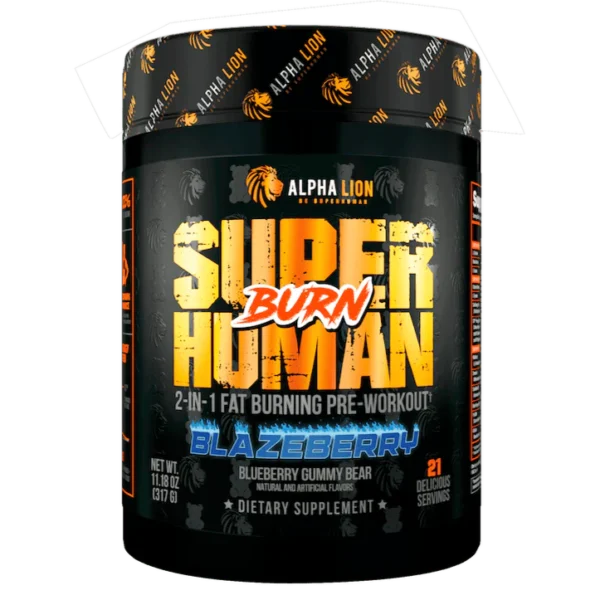

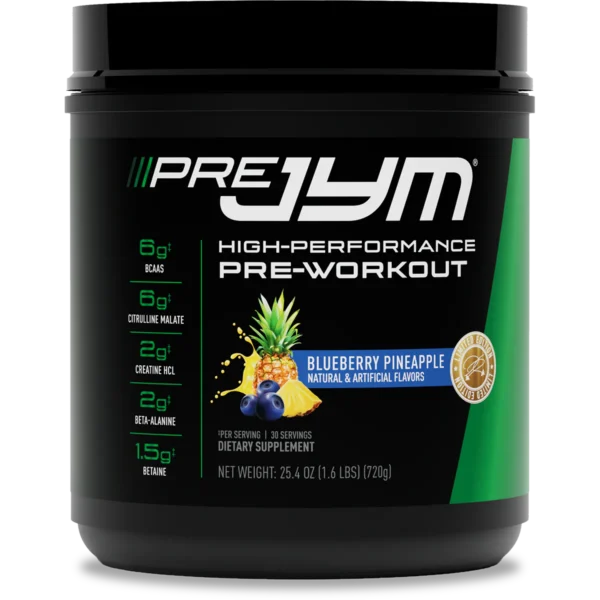
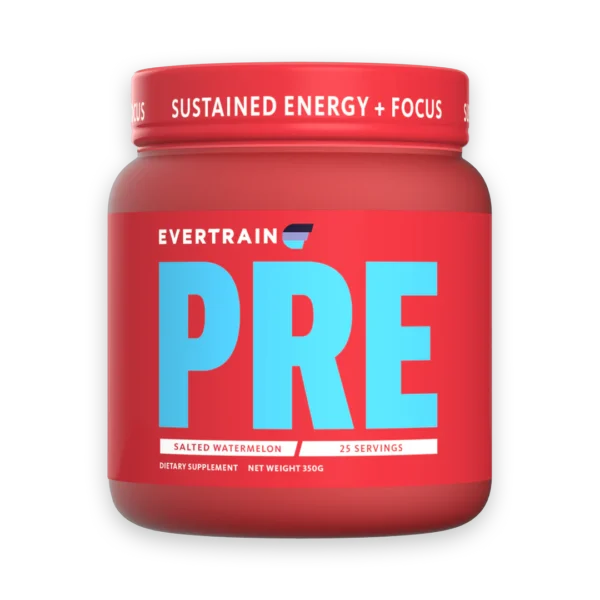


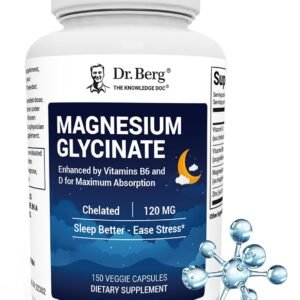



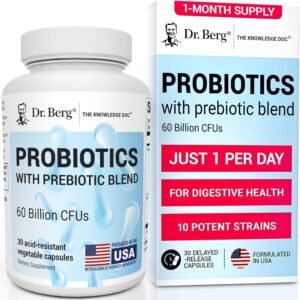




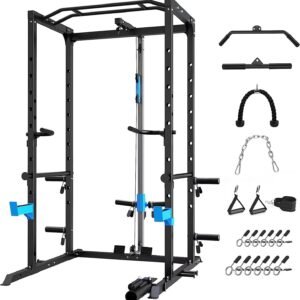

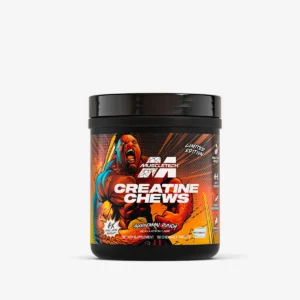

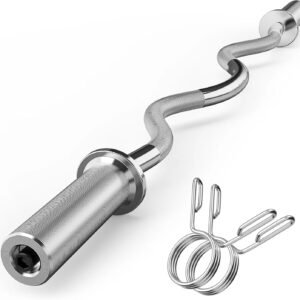


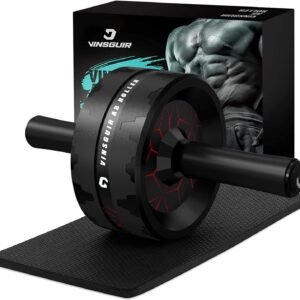
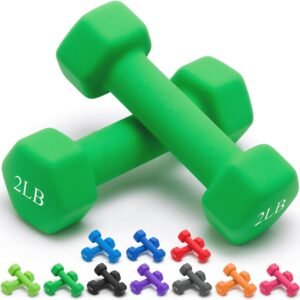


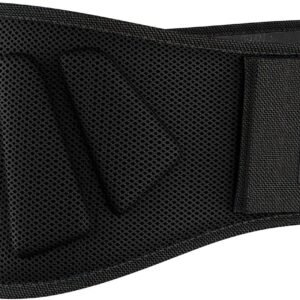

1 Comment
[…] a contract manufacturer. The manufacturer mixes the bulk whey with the flavors, vitamins, and other ingredients, packages it in the branded tubs, and ships it to distributors or directly to […]